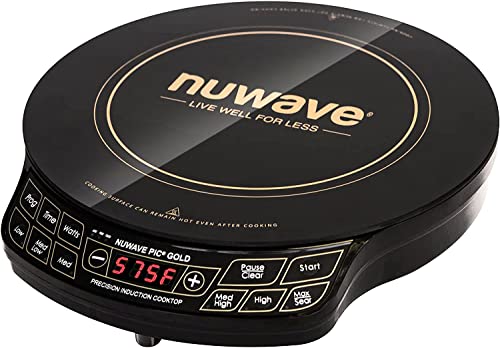akrvbob said:I'd recommend a group 27 Marine battery from Walmart or Sams Club. If you're like most people, you're probably going to kill it so get a cheap one with a good warranty.
That'll be a flooded battery so you'll have to keep the water in it full.
My son is a software developer and I told him I saw an opportunity for someone to develop an app that would remind me to do things like check battery water









































































